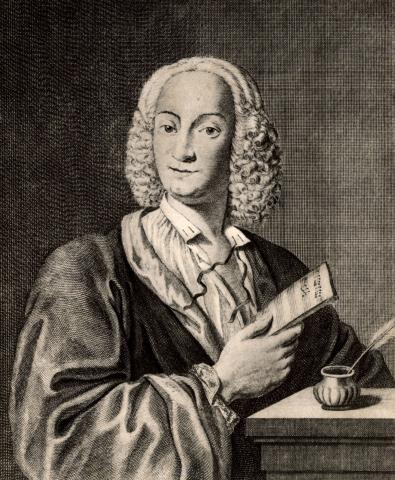You are here
Whimsical Woodwind
√While little is known about Antonio Vivaldi’s inspiration or his method of composition for the Piccolo Concerto, it is clear that the popular Italian composer was incredibly prolific; he penned upwards of 500 concertos, and more than two-thirds of them were written for solo instruments. Originally intended for the “flautino,” a high-pitched baroque recorder equivalent to today’s piccolo, the piece exhibits several characteristics of the baroque concerto that Vivaldi made standard during the era. These include the three-movement form and the use of ritornello, a section of music repeated in different keys and alternated with freer passages dominated by the solo part. Less common in this piece is its level of difficulty compared to Vivaldi’s other works for woodwinds. The composer clearly had an exceptional musician in mind, and Mindy Kaufman is poised to meet his challenge.
Twentieth-century composer Carl Nielsen had a lifelong interest in wind instruments and was first inspired to compose for them in 1921 during a Copenhagen Wind Quintet rehearsal of music by Mozart. Nielsen was so moved by their playing that he composed a wind quintet for the ensemble the following year and then determined to write a concerto for every member of the quintet, crafting each one to fit the specific technique and personality of the soloing musician. He only managed to complete the concertos for flute and clarinet, and the former was so delayed by illness and prolonged efforts on his Sixth Symphony that by the time he began work on it in 1926, the quintet’s original flautist had been replaced. The premiere performance was generally well received, though the dissatisfied composer revised the ending before conducting it for the first time, and the Concerto is still known for its humor and originality. It has since become one of the most significant works for flute written in the twentieth century. Music critic Michael Steinberg once wrote of the work, “...the Nielsen Flute Concerto is not merely the finest example of the genre but in every way a marvelously winning, altogether personal piece.”

Antonio Vivaldi